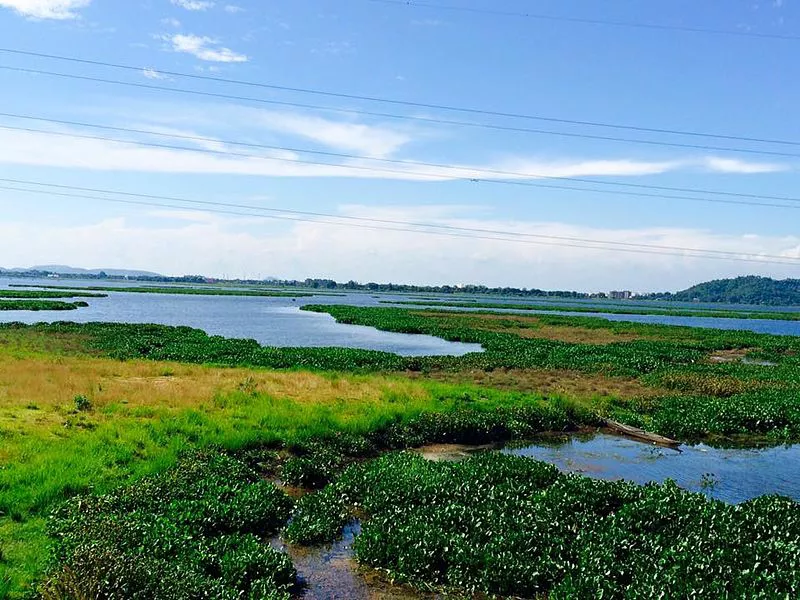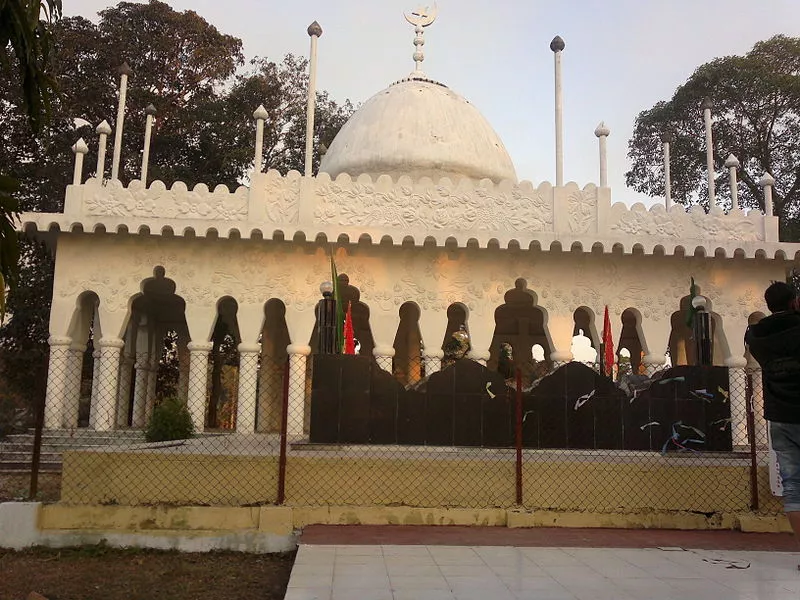

Pani Dihing Wildlife Sanctuary is a 33.93-square-kilometre (13.10 sq mi) wildlife sanctuary located in Sivasagar district, Assam. It is 22 km (14 mi) away from Sivasagar town. This protected area was established as a Bird Sanctuary in August 1999 by the Government of Assam. The sanctuary is bordered by the Brahmaputra and the Dishang rivers in the North West and south respectively. As many as 267 species of birds including 70 species of migratory birds have been identified and recorded at Pani Dihing. The common birds seen here are Bar-Headed Goose, Greylag Goose, Spot-Billed Duck, Mallards, Gadwall, Wigeon, Garganey, Shoveller, Red Crested Pochard, Common Pochard, Ferruginous Duck, Adjutant Stork, Kingfisher and many more. Although an important birding area supporting a very large population of birds, Pani Dihing has suffered on account of poaching, grazing of cattle and fishing within the sanctuary premises.

The Assam Tai museum stands on the west bank of Sivasagar Pukhuri and was inaugurated on 31st January 1992. This particular museum was constructed to keep the 600 yrs of Ahom glory intact by showcasing the various antiques collection for the general public. The collections comprises from Tai books to garments, ornaments, weaponry and other decorative items used during the Ahom rule by the ahoms. The museum also promotes research works on Tai language and literature.
This dargah was built in the memory of the great Muslim reformer and saint, Hazrat Shah Milan, also known as Ajan Pir. It is a very famous tourist destination in Assam and revered by both the Muslims and the Hindus. The dargah is situated in the Saraguri Chapori region, which is about 22 km from the town of Sibsagar. Every year, on the occasion of URS, thousands of devotees come here to honor the great reformer.


The Namdang Stone Bridge is 60 meter in length, 6 meters in width and 1.7 meters in height. King Rudra Singha called the architect of the bridge from Cooch Behar. Historian Edward Gait mentioned the architect as Ghanashyamuddin. The bridge is little curved in shape, so that the load distributes to the edges of the bridge, a arch bridge design. This increases the load capacity of the bridge many times. The stone for the bridge were quarried from nearby Naga hills, a place called Silakuti (Xilakuti). The floor of the bridge is made of just single rock nicely and perfectly curved. Arches are built from slabs of rocks joined with stone nails and masonry. The mortar for the masonry work was made of Bora rice, Duck eggs, Rice chaff, lime and Black lentil.